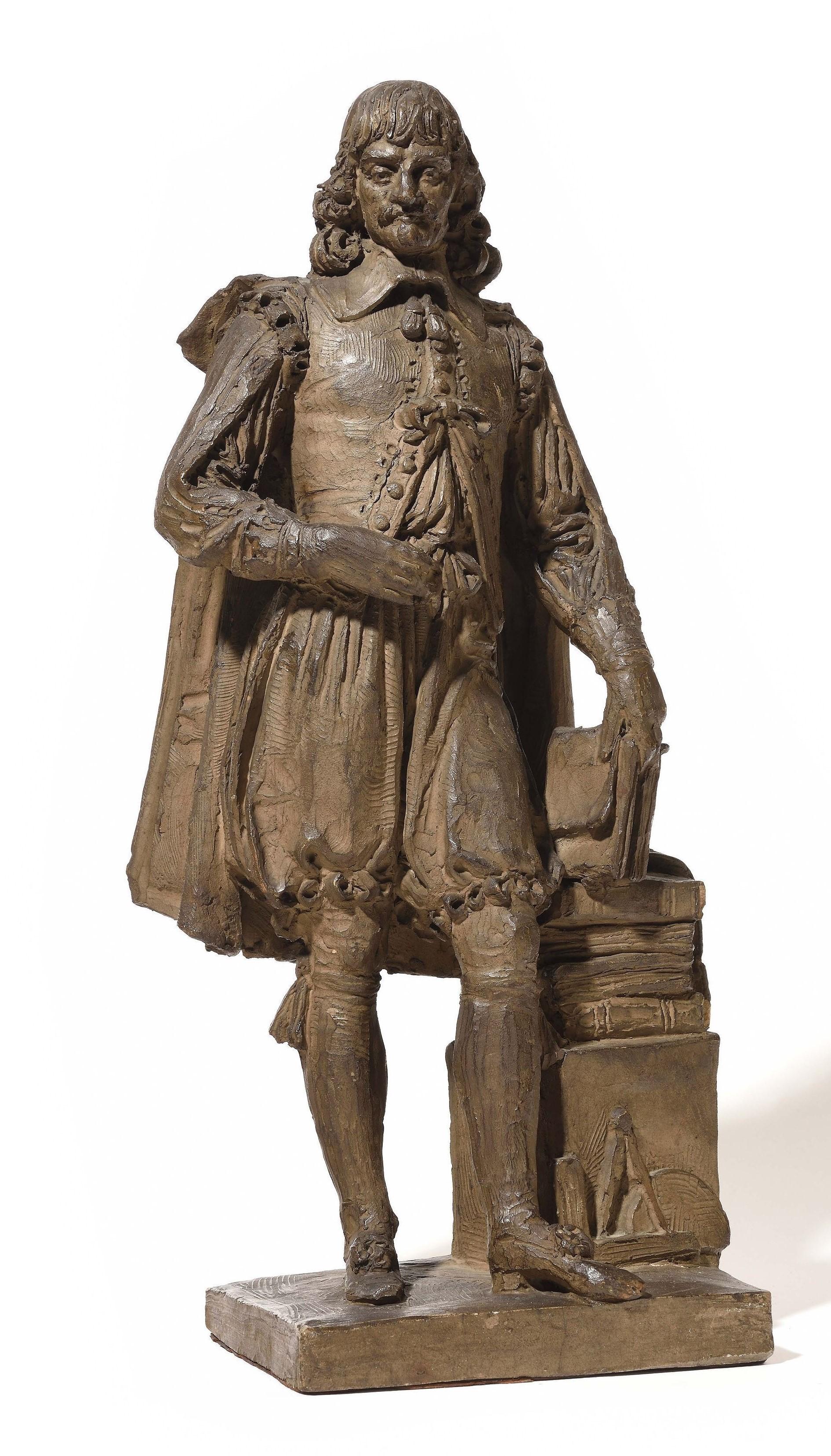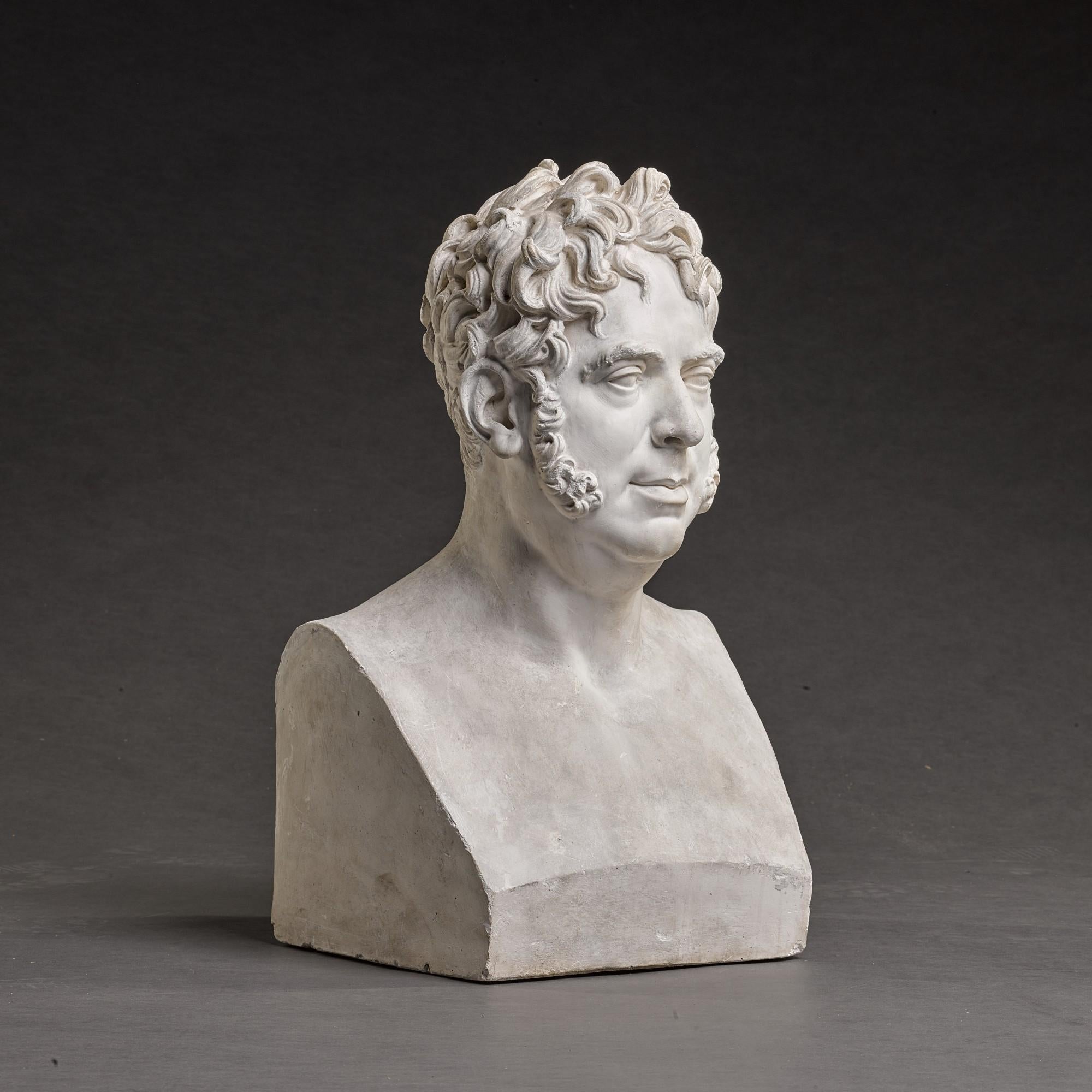Items Similar to Parrotlet
Want more images or videos?
Request additional images or videos from the seller
1 of 13
Armand PetersenParrotletbetween 1933 and 1938
between 1933 and 1938
About the Item
Parrotlet
by Armand PETERSEN (1891-1969) & SEVRES Manufacture
Sculpture in white paste porcelain
Signed « A. Petersen »
Old edition artwork. Stamped by the porcelain manufacture of Sèvres
France
Model created in 1932
Edited by the Sèvres manufacture with only 108 copies released from 1933 until 1938
height 25,2 cm
A similar model is reproduced in « Petersen », Liliane Colas, Editions Finzi, 2004, p.158, n°71.
Biography :
Armand Petersen (1891-1969), of Danish ancestry, was born in Basel (Switzerland). He entered the School of Industrial Arts in Geneva, in the goldsmithing and carving class. In 1914, Petersen arrived in Paris to continue his studies but returned for four years to the workshop of the Hungarian sculptor Bêla Markup who introduced him to modeling. An animal sculptor, who introduced him to animals at the Budapest zoo.
In 1924, animal art was booming. Pompon, revealed in 1922 at the Salon d'Automne by his great White Bear, brought together young animal artists at the Jardin des Plantes who studied models in nature by following his advice. The choice of the animal was confirmed in 1926, Armand Petersen worked at the Fauverie du Jardin des Plantes and joined the group of Pompon followers who taught his method in the field.
The first exhibition of "Animaliers" opened in the Brandt gallery in 1927. Petersen found himself alongside Sandoz, Bigot, Artus and Pompon. Critics noticed this new artist. At the same time, the Sèvres Manufacture was looking for works in contemporary art to adapt them to its recent material, soft colored sandstone giving a completely different result than biscuit. The Manufacture then selected three works by Petersen.
Unlike Pompon's works "which are naturally beasts of the Good Lord, without fear", Petersen's beasts always seem on the alert. This particularity of subtle expression makes Petersen a talented animal artist. In 1929, two years after his "discovery", Armand Petersen was one of the best animal sculptors. He was cited after Pompon and as his emulator.
In 1931 the group of “Douze Animaliers Français” filed its statutes. Armand Petersen, as a Swiss citizen, was part of the group as a guest. In 1932, the economic crisis affected artists who often exhibited their plaster works. The ceramic editions provided income to a good number of artists, like Petersen who multiplied them both at the Manufacture de Sèvres and at the Manufacture Nationale Bing & Grøndahl in Copenhagen through new contracts.
After Pompon's death in 1933, the group quickly disbanded. The animalists, thanks to Sandoz who bought the Brandt gallery, however, continued to meet until 1939, when the war mobilization dissolved the animalists group. In 1935, Petersen obtained French nationality but returned to exhibit regularly in Switzerland.
- Creator:Armand Petersen (1891 - 1969, Swiss)
- Creation Year:between 1933 and 1938
- Dimensions:Height: 9.93 in (25.2 cm)Width: 2.56 in (6.5 cm)Depth: 6.7 in (17 cm)
- Medium:
- Movement & Style:
- Period:
- Condition:
- Gallery Location:PARIS, FR
- Reference Number:

About the Seller
5.0
Vetted Seller
These experienced sellers undergo a comprehensive evaluation by our team of in-house experts.
Established in 1992
1stDibs seller since 2023
Typical response time: 1 to 2 days
- ShippingRetrieving quote...Ships From: PARIS, France
- Return PolicyA return for this item may be initiated within 3 days of delivery.
More From This SellerView All
- Suzanne SurpriseLocated in PARIS, FR"Suzanne Surprise" by Jean-Baptiste Carpeaux (1827-1875) Terra cotta "Propriété Carpeaux" Marked with the stamp ‘Propriété Carpeaux’ with the Imperial Eagle and the stamp 'Atelier ...Category
1870s French School Figurative Sculptures
MaterialsTerracotta
- Young woman wearing a shawlBy Albert-Ernest Carrier-BelleuseLocated in PARIS, FRBust of a young woman wearing a shawl by Albert-Ernest Carrier-Belleuse (1824-1887) Terracotta bust Raised on a in blackened wood pedestal signed "A. Carrier " France circa 1860 total height 41 cm width 24 cm depth 17 cm Biography : Albert-Ernest Carrier de Belleuse known as Carrier-Belleuse (1824-1887) was one of the most prolific artists of the century and had the greatest successes under the Second Empire, enjoying the personal support of Napoleon III. His work was greatly influenced by the style of the Italian Renaissance and that of the 18th century, which he helped to bring up to date. In 1837, the young Carrier-Belleuse apprenticed in the workshop of the engraver Bauchery. He was admitted soon after to the goldsmith Jacques Henri Fauconnier. Through François Arago, he met the sculptor David d'Angers who facilitated his admission to the School of Fine Arts. Carrier-Belleuse entered it in 1840. Noted for his skill by the great bronze companies in Paris such as Barbedienne and Denière, he soon received numerous orders for models for candelabras, pendulums, fittings for fireplaces, etc. In 1848, probably at the initiative of François Arago, who became head of state, he received his first public order for a small statue of "Mademoiselle Rachel singing La Marseillaise". In 1851, he appeared for the first time at the Salon of French Artists, where he presented two bronze medallions. From 1851 to 1855, Carrier-Belleuse stayed in England, in Stoke-on-Trent where he served as director of the modeling and drawing school of the Minton house, a large porcelain manufacturer. Back in France, Carrier-Belleuse moved to Paris in a large workshop located 15 rue de la Tour d´Auvergne. From 1857, he made regular sendings to the Salon and became famous thanks to the success of large marbles, such as the "Bacchante" exhibited at the Salon in 1863, and acquired by Napoleon III, "Angelica" (1866) or even "Hebe asleep" (1869). At the Salon of 1867, his group entitled "Messiah" earned him the medal of honor of sculpture. It was acquired by the State to adorn the Chapel of the Virgin in the Saint-Vincent-de-Paul church. Carrier-Belleuse acquired a great reputation in parallel for his terracotta busts which, in many respects, recall those of 18th century artists. He made portraits of a large number of celebrities of his time. He produced, among others, the busts of Napoleon III, Renan, Thiers, Grévy, Arago, Marguerite Bellanger, Théophile Gautier, Honoré Daumier, Delacroix, Hortense Schneider, Réjane… He also modelled numerous busts of mythological inspiration and historical and artistic portraits like Marie Stuart...Category
1860s French School Figurative Sculptures
MaterialsTerracotta
- Hay BalerBy Aimé-Jules DalouLocated in PARIS, FRThis Hay baler is a subject that is included in the famous suite commonly called "little workers" by Jules Dalou (1838-1902) Bronze with dark brown patina c...Category
Late 19th Century French School Figurative Sculptures
MaterialsBronze
- Bearer of wheat sheavesBy Aimé-Jules DalouLocated in PARIS, FRThis bearer of sheave is a subject that is included in the famous suite commonly called "little workers" by Jules Dalou (1838-1902) Bronze with dark brown patina cast by Susse Frère...Category
Late 19th Century French School Figurative Sculptures
MaterialsBronze
- Roman driver on his chariotBy Emmanuel FremietLocated in PARIS, FREquestrian sculpture "Roman driver on his chariot" by Emmanuel Fremiet (1824-1910) Bronze with its original nuanced dark brown patina cast by MORE France circa 1880 height 41,5 cm l...Category
1880s French School Figurative Sculptures
MaterialsBronze
- Woman bringing back grassBy Aimé-Jules DalouLocated in PARIS, FRThis Peasant resting is a subject that is included in the famous suite commonly called "little workers" by Jules Dalou (1838-1902) Bronze with nuanced dark brown patina cast by Suss...Category
Late 19th Century French School Figurative Sculptures
MaterialsBronze
You May Also Like
- L'AiglonBy Louis OuryLocated in Paris, FRLouis Oury (1867 - 1940) L’Aiglon, 1899 Terracotta with polychromatic patina Signed on the shoulder and Seal from Goldscheider on the reverse Dimensions : 65 x 40 x 30 cm (25 x 15 3/...Category
19th Century French School Figurative Sculptures
MaterialsTerracotta
- Dominique Mahlknecht (1793-1876) The french philosopher René DescartesLocated in BELEYMAS, FRDominique (Johann Dominik) MAHLKNECHT (Kastelruth, 1793 - Paris, 1876) Full length portrait of René Descartes Terracotta with brown patina Height: 40cm ...Category
1840s French School Figurative Sculptures
MaterialsPlaster
- General Cambronne bust in "Hermès" - Att. to E-E Suc (1802-1855)Located in BELEYMAS, FRAttributed to Etienne-Édouard SUC (Lorient, 1802 – Nantes, 1855) Bust "in Hermès" of General Cambronne Plaster H. 59 cm 1842 Provenance: probably Madame Cambronne (1773-1854), widow...Category
1840s French School Figurative Sculptures
MaterialsPlaster
- Antique Silvered Bronze Rooster, France circa 19th CenturyLocated in SANTA FE, NMAntique Silvered Bronze Rooster France, circa 1900 10 1/4 x 9 1/2 (H x D) inches A very fine and lively bronze statuette of a preening Rooster. Nicely cast and well-carved and in ex...Category
19th Century French School Figurative Sculptures
MaterialsSilver, Bronze
- Antique Bronze Dog Portrait of a Cavalier King Charles "Thigley" circa 1905Located in SANTA FE, NMAntique Bronze Dog Portrait of a Cavalier King Charles "Thigley" French School (possibly Franck Burty Haviland) Lost wax bronze casting Circa 1910 5 7/8 x 9 x 3 1/4 A sophisticated bronze casting of a Cavalier King Charles spaniel made in lost wax casting (cire perdue) from the beginning of the 20th century by Valsuani Foundry. This an unusual bronze approached in its aesthetic that’s reminiscent of the work of great animal sculptors of the second half of the 19th century except in this presentation which is more avant-garde for the time with a much looser, more impressionistic execution. The patina is a superb bronze color, brown and slightly greenish, going in places towards a more antique green. The attitude of the dog is extremely well and sensitively rendered with the placement of material unlike the renderings of a bronze by Barye...Category
Early 1900s French School Figurative Sculptures
MaterialsBronze
- Antique French Grand Tour Gilt Bronze Statue on Column Diana the Huntress 1838By Ferdinand BarbedienneLocated in Portland, ORA fine & large (34" tall) antique French gilt-bronze on marble column of Diana, cast by Ferdinand Barbedienne (1810-1892) after a statue by Jean Antoine Houdon (1741-1828), the bronz...Category
1830s French School Figurative Sculptures
MaterialsMarble, Bronze


